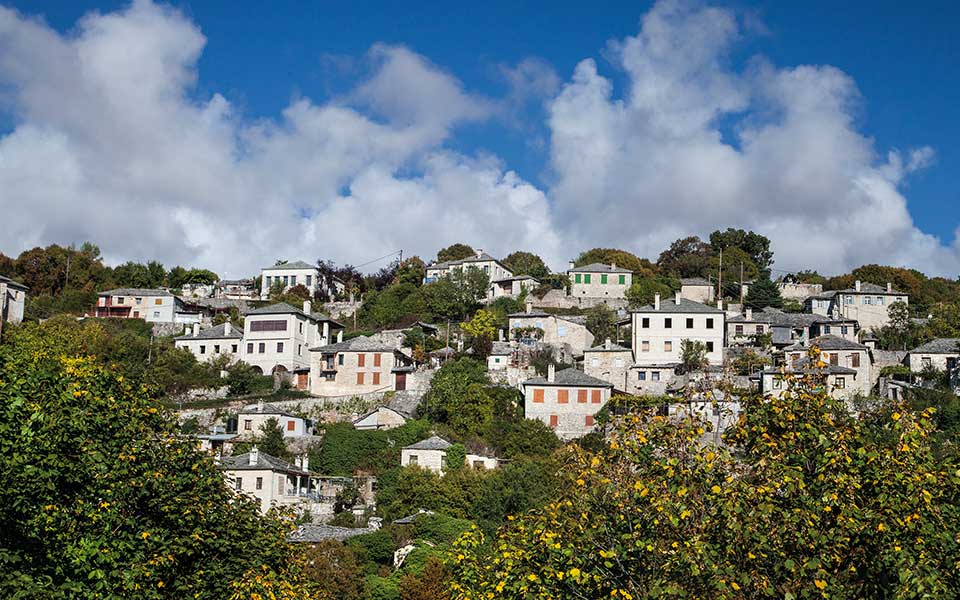Greece boasts 19 UNESCO World Heritage sites, representing its rich history from antiquity to modern times. Here they are in order of inscription:
1. Temple of Epicurean Apollo, Bassae (1986): A remarkably preserved 5th-century BC temple, showcasing a blend of architectural styles and attributed to Iktinos, the architect of the Parthenon.

2. Archaeological Site of Delphi (1987): The sanctuary of Apollo, famed as the "navel of the earth" and home to the ancient world's most influential oracle.

3. Acropolis, Athens (1987): The iconic hilltop sanctuary dedicated to Athena, featuring masterpieces like the Parthenon, symbolizing the Golden Age of Athens.

4. Mount Athos (1988): An autonomous monastic state, a center of Orthodox Christianity since the 10th century, with 20 monasteries nestled in a beautiful natural landscape. (Entry prohibited to women.)

5. Sanctuary of Asclepius at Epidaurus (1988): The most important healing center of antiquity, dedicated to Asclepius, god of medicine, and featuring the renowned ancient theatre.

6. Paleochristian and Byzantine Monuments of Thessaloniki (1988): A collection of 13 churches, city walls, and Byzantine baths showcasing Thessaloniki's role as a major center of Byzantine culture.

7. Medieval City of Rhodes (1988): A fortified city with impressive walls, the Palace of the Grand Master, and the Street of the Knights, reflecting the influence of the Knights of St. John.

8. Archaeological Site of Olympia (1889): Birthplace of the Olympic Games, the most important religious and athletic center of ancient Greece, dedicated to Zeus.
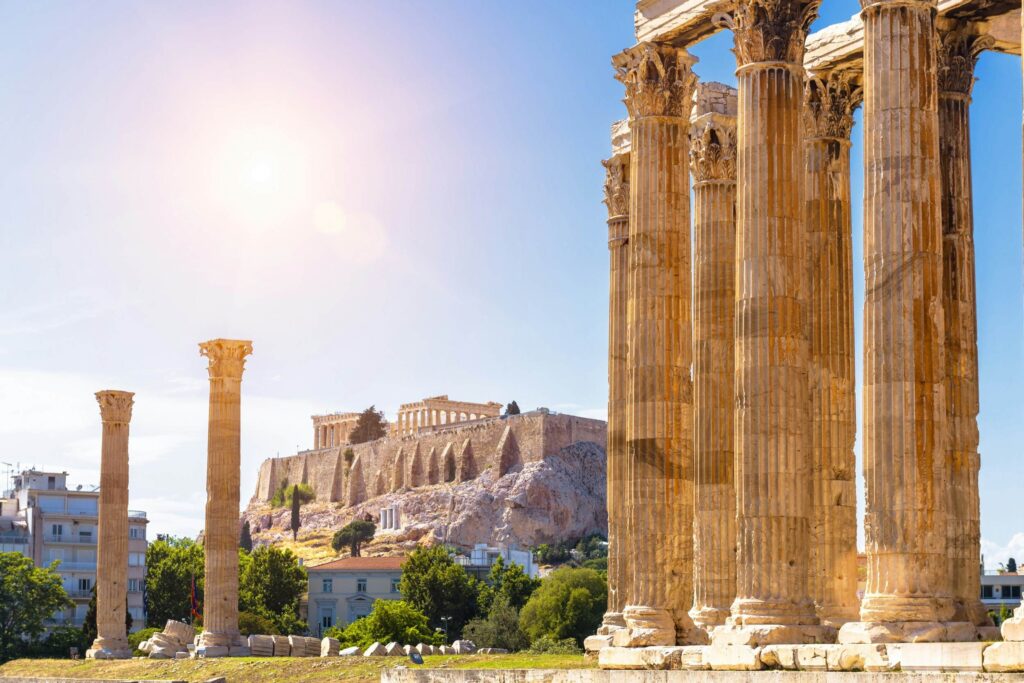
9. Archaeological Site of Mystras (1989): A fortified Byzantine city on the slopes of Mount Taygetus, serving as the capital of the Despotate of the Morea in the 14th and 15th centuries.
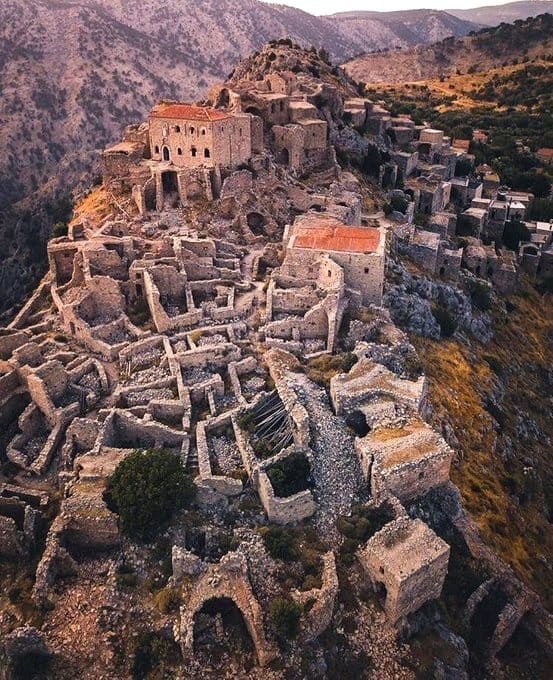
10. Monasteries of Daphni, Hosios Loukas and Nea Moni of Chios (1990): Three geographically separate monasteries sharing a distinctive architectural style, featuring impressive domes and intricate mosaics.
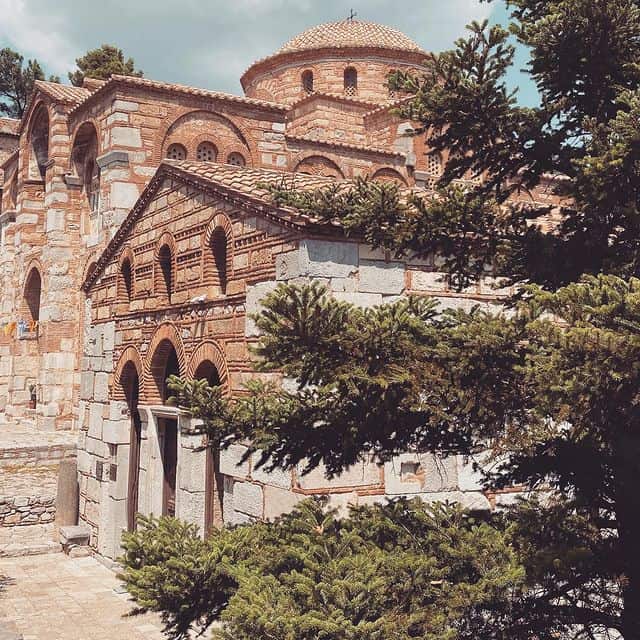
11. Archaeological Site of Delos (1990): Birthplace of Apollo and Artemis, this island housed a major sanctuary and served as a prosperous trading port in antiquity.

12. Pythagoreion and Heraion of Samos (1992): The ancient city of Samos (Pythagoreion) with its innovative harbor and the Heraion, a sanctuary dedicated to Hera. Also features the Eupalinian aqueduct, an engineering marvel.

13. Archaeological Site of Aigai (Vergina) (1996): The first capital of ancient Macedonia, featuring the royal palace and tombs, including that of Philip II, father of Alexander the Great.
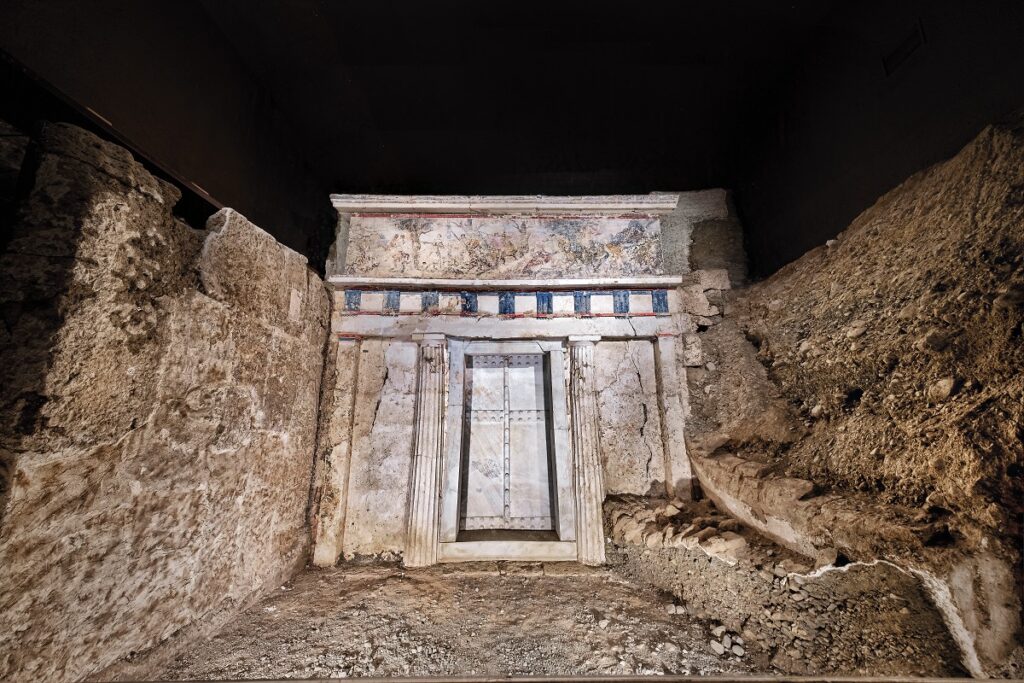
14. Historic Centre (Chorá) with the Monastery of Saint-John the Theologian and the Cave of the Apocalypse on the Island of Pátmos (1999): Where St. John is said to have written the Book of Revelation, featuring a monastery and the surrounding town of Chora.
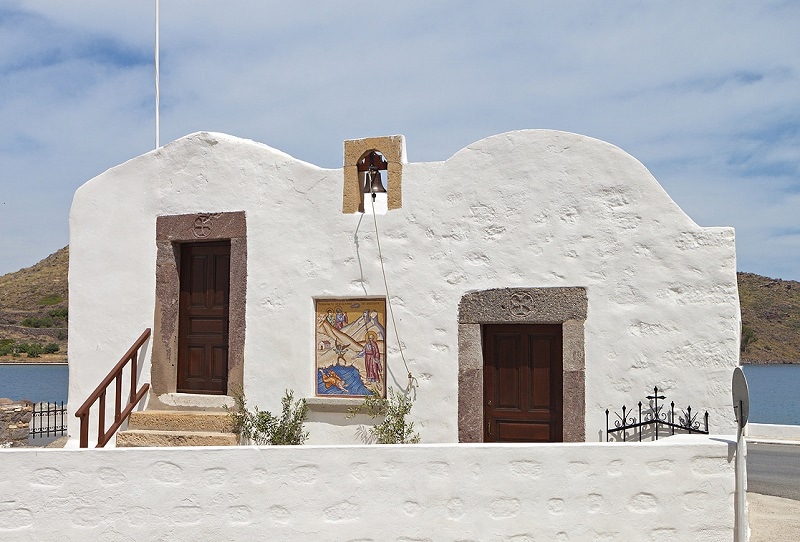
15. Archaeological Sites of Mycenae and Tiryns (1999): Major centers of the Mycenaean civilization, including the fortified citadel of Mycenae, associated with the legendary King Agamemnon.
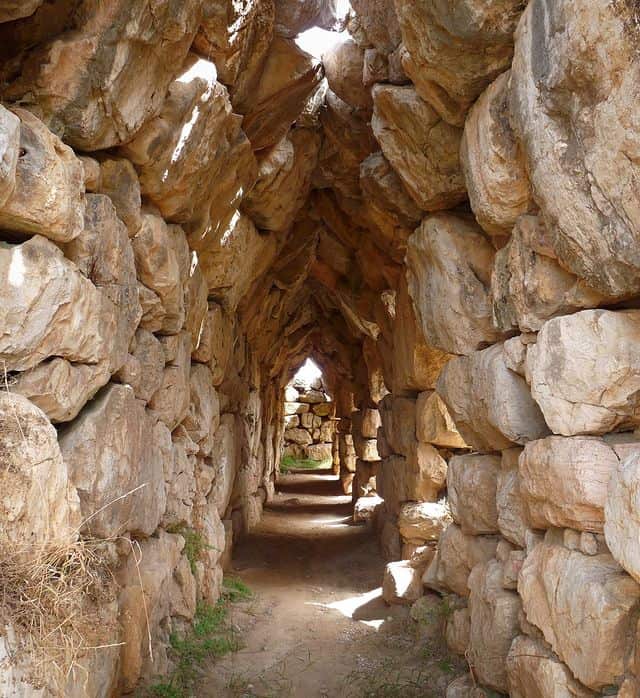
16. Old Town of Corfu (2007): A well-preserved historic city with Venetian, French, and English architectural influences, considered one of the most beautiful fortified Mediterranean ports.
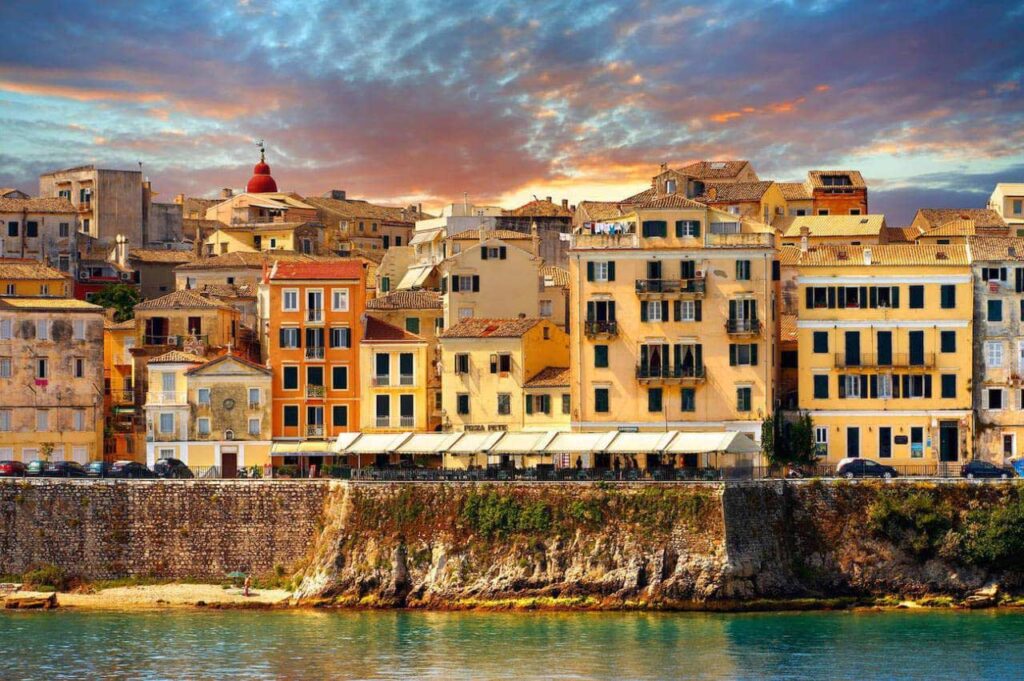
17. Archaeological Site of Philippi (2016): A strategically important city featuring Roman ruins and early Christian basilicas, marking the site where Apostle Paul founded the first Christian church in Europe.
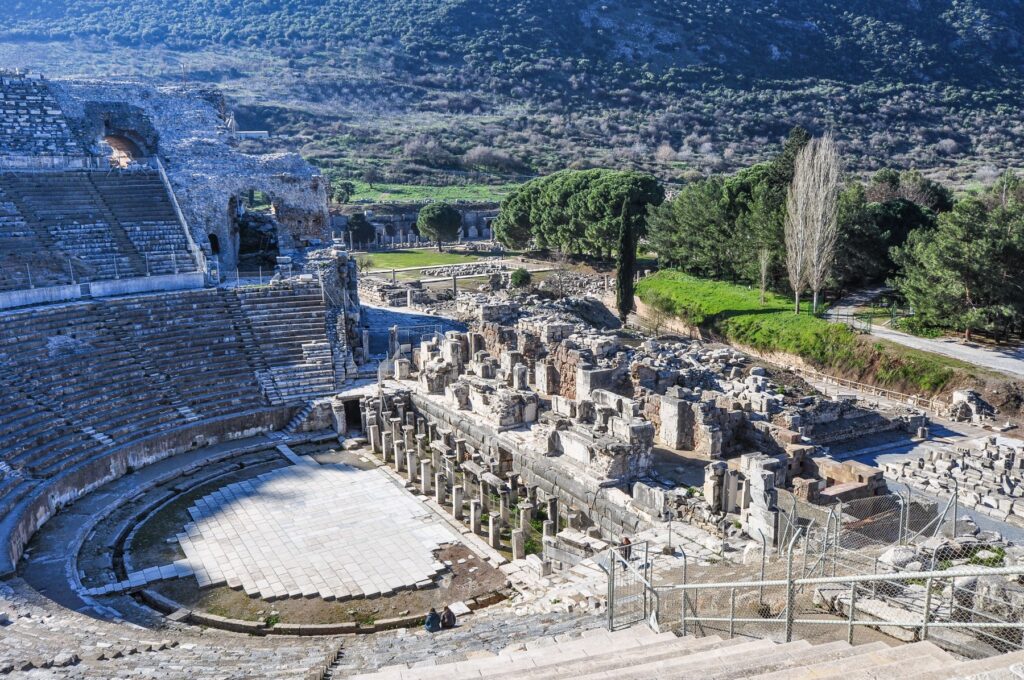
18. Zagori (2023): A mountainous region in Epirus featuring 46 traditional villages (Zagorochoria), stunning natural beauty, and two National Parks. The first Greek cultural landscape inscribed on the list.
